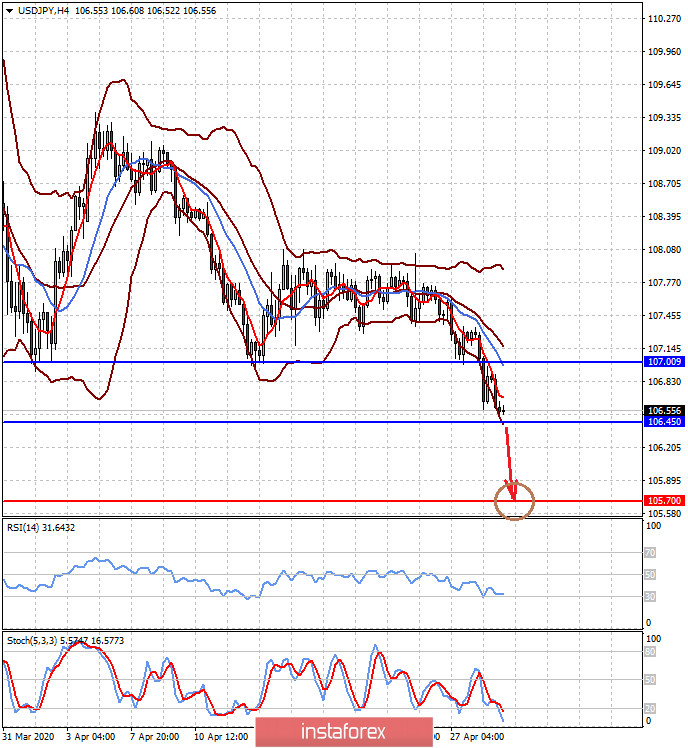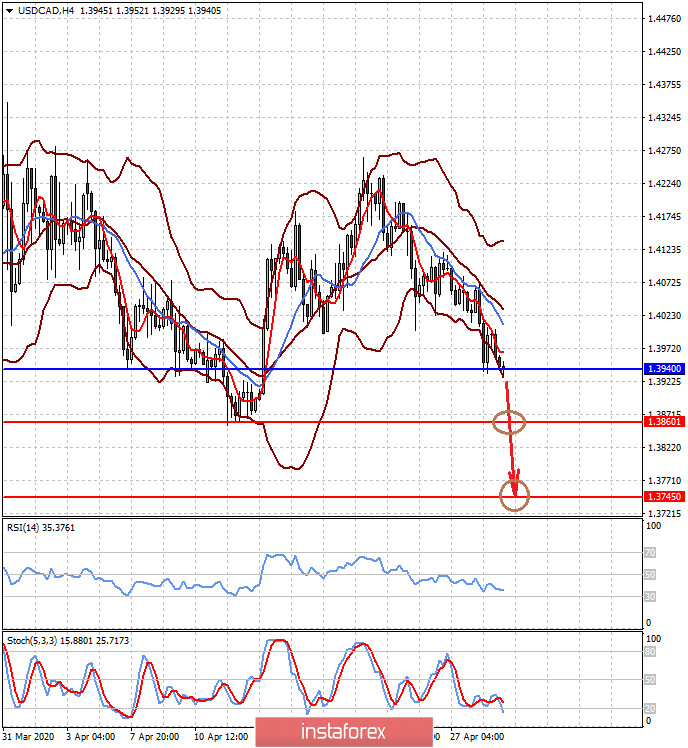The dollar continues to be under pressure in the currency market today amid reports that the negative effects of coronavirus in Europe, Asia and North America have receded. This news, together with the news that in the countries most affected by this scourge and not only in them, a gradual weakening of strict quarantine began.
The main reason for the increase in demand for risky assets is still the hope of investors that the process of smooth exit from hard quarantine in economically developed ones and therefore having a wide impact on the world economy has begun. These include the USA, Europe, China and also the entire Asia-Pacific region.
First of all, as we mentioned earlier, the demand for stocks of companies has increased, and this happens despite the terrifying corporate reporting for the first quarter of this year. This is understandable. Investors practically do not respond to it, understanding that the future will be for the recovery of economic activity in the world, which will occur against the backdrop of the growth of production and business activity of companies. This is why markets react so positively.
On this wave, the US dollar strengthened its decline so far the most noticeable to commodity currencies. At the moment, this is clearly manifested in the dynamics of the Australian and New Zealand dollars. The Canadian dollar, as well as the Norwegian krone are trying to keep up with them, but their growth so far has been restrained by simply absurd dynamics in the crude oil market, where the real "American" slides or, as they say in the States, "Russian roller coaster". However, we are confident that they will continue to grow against the US currency, which, due to the weakening influence of COVID-19, will continue to decline more and more. It can be recalled that the main reason for this behavior is the previously unprecedented measures taken to support the American economy by the Federal reserve and the US Treasury. Our global forecast for major currency pairs remains unchanged.
Today, the focus of the market will be the result of a two-day meeting of the Federal Reserve on monetary policy. We believe that not only interest rates will remain unchanged, but the regulator will confirm its plans to maintain,at least until the end of the year, plans not to change course for broad economic stimulus. This will be a positive signal for investors. On this wave, we expect continued growth in demand for risky assets and a weakening dollar, not only today, but also in the short-term.
Forecast of the day:
The USD/JPY pair is strengthening the decline in the wake of the growing weakness of the dollar amid a decline in the impact of coronavirus in the world. The price broke out of the range of 107.00-108.00 in which it had been since mid-April. We believe that the pair should be sold after crossing the level of 106.45 with a likely fall to 105.70.
The USD/CAD pair is also trading lower in the wake of rising demand for risky assets, despite the slurred dynamics of oil prices. The pair has a negative impact on the growing weakness of the US dollar amid the widespread incentive measures taken by the Federal Reserve and the US Treasury. We believe that it is necessary to sell the pair after its decline below the level of 1.3940 with a likely decline first to 1.3860, and then to 1.3745.























